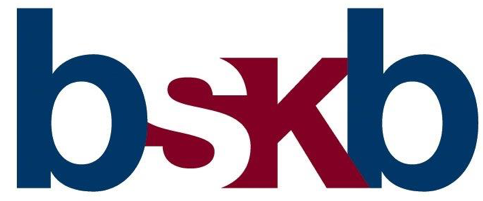BSKB BioMarin Case Listed as a Top AIA-Related Decision of 2016 by Law360
The case between Genzyme Therapeutic Products LP and BioMarin Pharmaceutical Inc., in which the Court of Appeals for the Federal Circuit (CAFC) affirmed two decisions by the Patent Trial and Appeal Board (PTAB), has been listed by Law360 in “A Look Back at the Top AIA-Related Decisions of 2016” (article available to Law360 subscribers here). In this case, the CAFC addressed procedural rights before the PTAB, ruling that further evidence of invalidity can be offered after a review is instituted. BSKB members Gerald M. Murphy, Jr., MaryAnne Armstrong, Ph.D., Eugene T. Perez and Lynde F. Herzbach represented petitioner BioMarin Pharmaceutical Inc. in the successful trials before the PTAB and appeals before the CAFC.
On June 14, 2016, the CAFC affirmed the two decisions by the PTAB in the Genzyme IPRs, which held that all challenged claims were obvious over the prior art (Appeal Nos. 2015-1720, 2015-1721).
One of the important issues addressed by the CAFC was the type of evidence that the PTAB can rely on in a Final Written Decision. Genzyme argued that the PTAB could only rely on references that were actually discussed in the Institution Decision as being relevant to an instituted ground and the PTAB could not rely on other references, discussed in the Petition, that were part of non-adopted “redundant” grounds. Relying heavily on the Administrative Procedure Act (APA), the CAFC noted that the PTAB did not change theories mid-stream and that at the stage of the Institution Decision, the “Board cannot predict all the legal or factual questions that the parties may raise during the litigation”. Thus, in a Final Written Decision, the PTAB can rely on various references, including “redundant” references, to explain the state of the art and to support its decision. Genzyme filed a Request for Panel Rehearing and Rehearing En Banc, which was denied on September 26, 2016.
Background
The patents at issue relate to the treatment of Pompe disease by enzyme replacement therapy. John Crowley, father of two children diagnosed with Pompe disease, invested his life savings in a biotechnology start-up to research the disease and search for a treatment. The story behind the development of the drug to treat Pompe disease is the subject of a book, The Cure: How a Father Raised $100 Million – And Bucked the Medical Establishment – In a Quest to Save His Children, published in 2006, and the inspiration behind the movie Extraordinary Measures, released in 2010.
